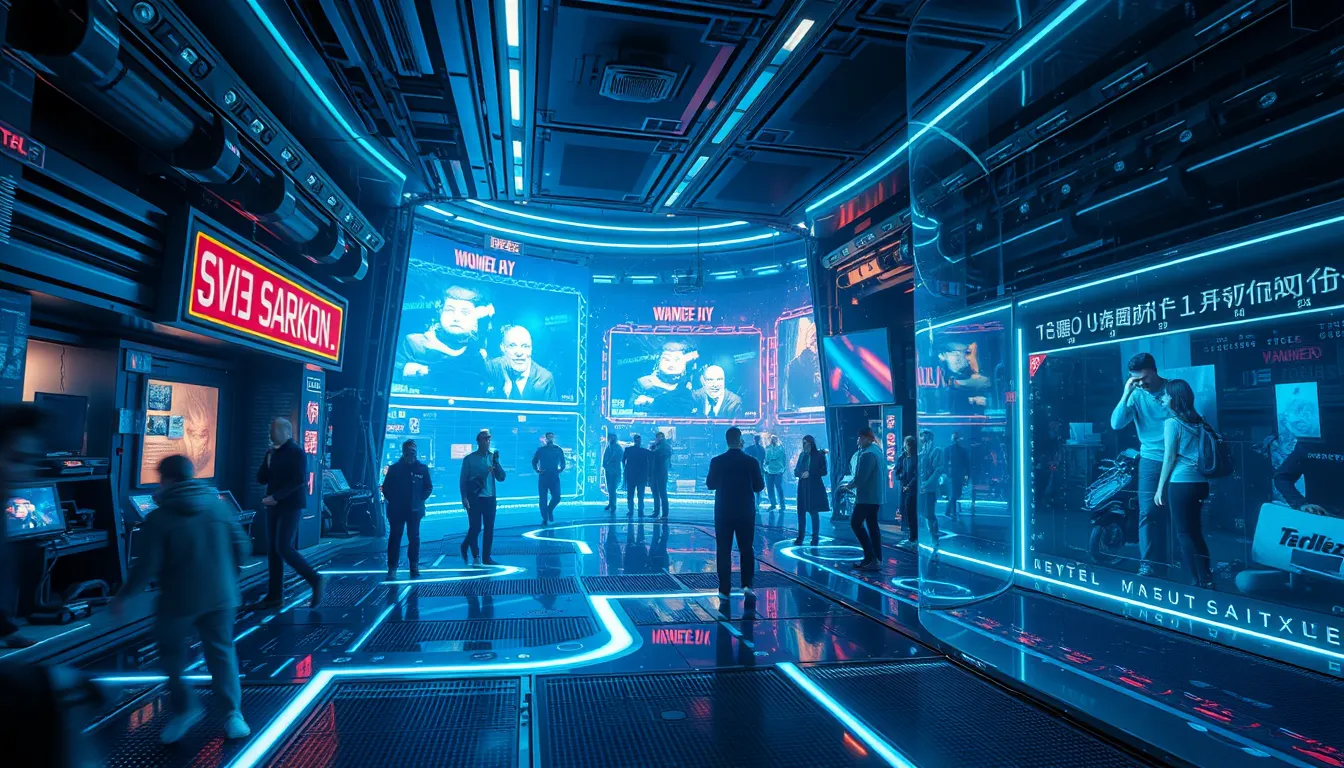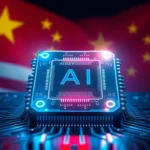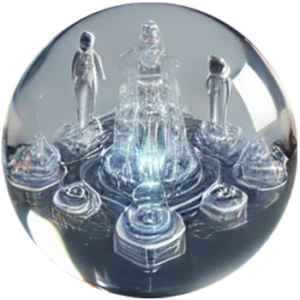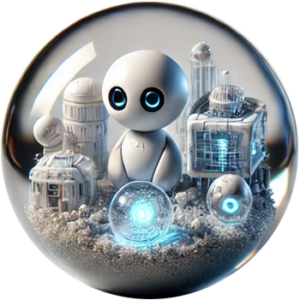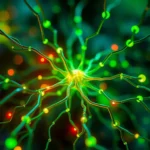Now Reading: Powerful AI in Healthcare Diagnostics: Boosting Patient Care
-
01
Powerful AI in Healthcare Diagnostics: Boosting Patient Care
Powerful AI in Healthcare Diagnostics: Boosting Patient Care

Powerful AI in Healthcare Diagnostics: Boosting Patient Care
Introduction
The world of medicine is undergoing a profound transformation. At the forefront is the revolutionary role of AI in healthcare diagnostics, which is not only enhancing diagnostic accuracy but also reshaping the way patient care is delivered. This article explores the evolution of AI in healthcare diagnostics, its advantages, challenges, and future potential.
What is AI in Healthcare Diagnostics?
AI in healthcare diagnostics is an advanced technology that uses data-driven algorithms and machine learning methods to improve the precision of diagnosing diseases. With the integration of AI, many healthcare providers now rely on tools that offer:
- Enhanced diagnostic accuracy
- Faster detection of anomalies
- Better predictive results for disease progression
The integration of AI in healthcare diagnostics has also paved the way for innovative methods in medical imaging and data analysis. This transition not only supports better clinical decisions but also contributes significantly to reducing human error.
How AI Improves Diagnostic Accuracy
AI in healthcare diagnostics works by processing large volumes of medical data and highlighting subtle indications that may be missed during manual reviews. Here are key points that illustrate how this technology improves diagnostic accuracy:
- Data Analysis at Scale: AI systems handle enormous datasets which allow for the detection of even minor abnormalities.
- Pattern Recognition: Advanced algorithms recognize patterns in medical images and patient histories, aiding in early disease prediction.
- Real-Time Processing: The instantaneous analysis of test results and imaging data can lead to quicker medical interventions.
For example, an AI diagnostic tool might analyze radiology images to detect signs of cancer at an early stage, thereby increasing survival rates. Understanding AI in healthcare diagnostics helps both physicians and patients make informed decisions when it comes to treatment options.
Enhancing Medical Imaging and Disease Prediction
AI in healthcare diagnostics is a game changer for medical imaging techniques. Medical imaging, which often includes X-rays, CT scans, and MRI, benefits immensely from the precision provided by AI. Some of the benefits include:
- Improved image clarity through advanced algorithms
- Reduction of noise and image artifacts
- Higher detection rates of diseases such as cancer and cardiovascular conditions
Additionally, the application of AI in disease prediction can forecast potential health issues before they become severe. By analyzing patient data over time, AI systems can predict the likelihood of disease occurrence, thus enabling preventive care. This predictive capability is a critical component of modern healthcare that saves lives by facilitating early interventions.
Overcoming Challenges
Despite the tremendous benefits, integrating AI in healthcare diagnostics also comes with challenges. Some of these include:
- Data Privacy and Security: Handling sensitive patient data demands robust security measures.
- Integration with Legacy Systems: Transitioning to AI-powered systems may require significant technological upgrades.
- Regulatory Hurdles: Compliance with health regulations and obtaining necessary approvals can delay adoption.
Addressing these challenges involves close collaboration among healthcare institutions, technology experts, and regulatory bodies. With ongoing research and development, many of these barriers are being steadily reduced, paving the way for broader acceptance and implementation.
Future Outlook and Conclusion
The future of AI in healthcare diagnostics is bright. As technology evolves, we can expect enhancements in diagnostic tools, more seamless integration with existing medical systems, and ultimately, improved patient outcomes. Institutions around the world are already investing in research and development to harness the full potential of AI in healthcare diagnostics. This innovation is not only a boon for medical professionals but also a significant step toward a future where healthcare is more predictive, preventive, and personalized.
In conclusion, the ongoing advancements in AI in healthcare diagnostics underscore how technology is revolutionizing medical care. As more clinical trials and studies validate the benefits, the integration of AI will continue to expand. It is an exciting time for the healthcare industry as it moves towards more precise and effective diagnostic practices, ultimately leading to better patient care. Embracing these innovations while addressing the inherent challenges will be the key to unlocking the full potential of AI in healthcare diagnostics.
For further reading on the latest technological developments, check out the official website of OpenAI.
By understanding and adapting to these emerging trends, the promise of AI in healthcare diagnostics can be fully realized, offering new hope and improved futures for patients around the globe.







